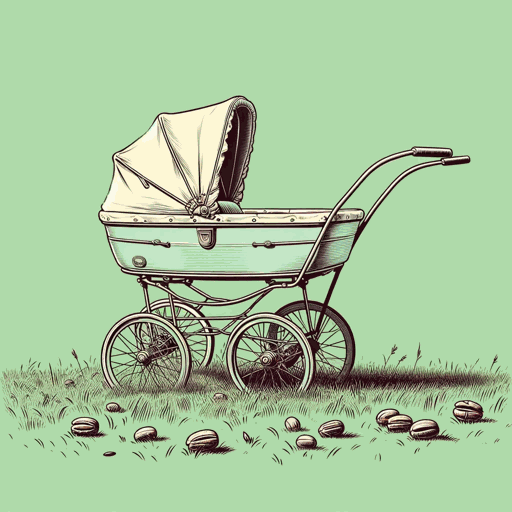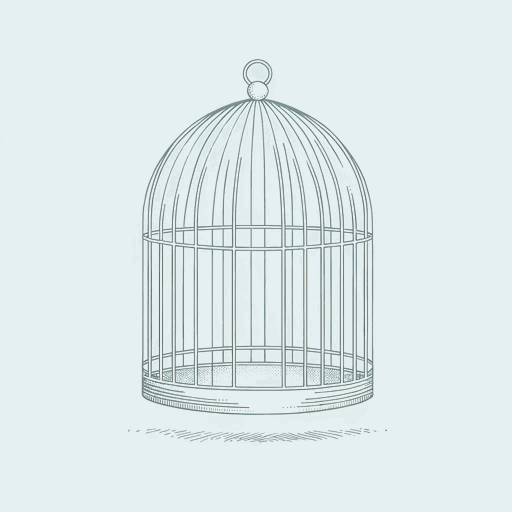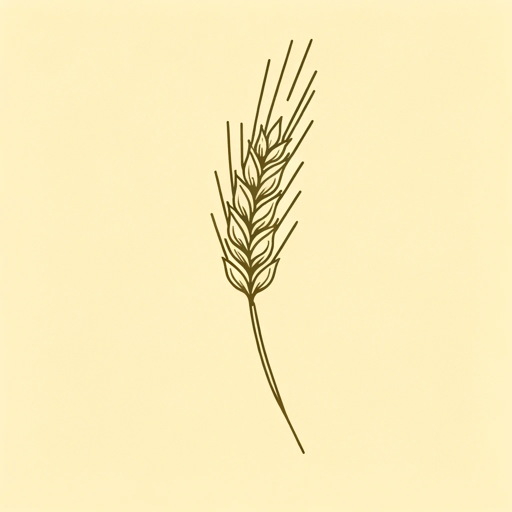32 pages • 1 hour read
Truman CapoteA Christmas Memory
Fiction | Short Story | Adult | Published in 1956A modern alternative to SparkNotes and CliffsNotes, SuperSummary offers high-quality Study Guides with detailed chapter summaries and analysis of major themes, characters, and more.
Summary and Study Guide
Summary: “A Christmas Memory”
Originally published in Mademoiselle magazine in December 1956, “A Christmas Memory” remains one of Truman Capote’s (1924-1984) most anthologized short stories. A midcentury author with a clear and evocative prose style, Capote is remembered for his novella Breakfast at Tiffany’s (1958) and for his groundbreaking work of true-crime nonfiction, In Cold Blood (1966). “A Christmas Memory” returns to the rural Alabama setting of the author’s childhood to recount a magical Christmas season shared between the seven-year-old “Buddy” and his cousin, who is in her sixties (and to whom Buddy, the narrator, refers only as “my friend”). In recounting this odd couple’s dedicated holiday preparations—which include baking 31 fruitcakes to give away to their eccentric collection of friends, felling and decorating an enormous Christmas tree, and exchanging handmade kites—the story reveals the sustaining love shared between two social outsiders. “A Christmas Memory” has attained the status of a holiday classic, with television adaptations appearing in 1967 and 1999.
This guide refers to the 2007 Modern Library edition of “A Christmas Memory.”
The story opens with a first-person narrator instructing the reader to “[i]magine a morning in late November […] more than twenty years ago” (3), setting the story in the early 1930s. Though largely narrated in the present tense, the story is a series of the narrator’s memories, beginning with the seven-year-old narrator sitting in the kitchen of a large old house in a rural town. At the window stands his “best friend,” a woman who is in her sixties but “still a child” (4). This friend, a distant cousin of the narrator’s, calls him “Buddy” after a “boy who was formerly her best friend” who died in the 1880s. Other people—relatives—live with them in this house, but “though [these relatives] have power over us, and frequently make us cry, we are not, on the whole, too much aware of them. We are each other’s best friend” (4).
Buddy’s friend suddenly exclaims, “[I]t’s fruitcake weather!” (4). This announcement marks the beginning of the Christmas season, as every year the two start their Christmas preparations by baking fruitcakes for their friends. The two head outside to collect the pecans needed for the recipe, accompanied by their beloved dog Queenie. They also bring a run-down baby carriage that belonged to Buddy shortly after he was born. Though it is nearly falling apart, the buggy has been a stalwart companion, a serviceable container for the many things they like to collect from the woods and fields—flowers, ferns, firewood, and more. Today, it will carry their harvest of pecans.
The friends spend a day laboriously collecting pecans that have already been shaken loose from the trees of a nearby orchard. The nuts, hidden among frosty blades of grass, are very difficult to gather, and Buddy and his friend receive no assistance from their family members. Buddy and his friend then confront the problem of how to purchase the fruitcakes’ other ingredients. Neither of them has much cash, as their relatives control the household money and are always reluctant to part with even a small amount of it. In the past, the friends have undertaken various money-making schemes to build up their “Fruitcake Fund,” which include selling preserves, entering contests, and setting up a “Fun and Freak Museum” in the backyard featuring a three-legged chicken (8).
Buddy and his friend carefully count up their savings. Despite their lack of funds, Buddy’s friend gives him 10¢ every week to go to the movies, although she never attends herself, telling him, “I’d rather hear you tell the story, Buddy” (9). Their savings total $13, and they decide to throw away a penny to avoid bad luck.
The next day, Buddy and his friend tackle the challenge of acquiring whiskey for the fruitcakes, a task that must be accomplished in secret since in Prohibition-era America, the sale of alcohol is legally forbidden by the state. The two head to the town’s “fish-fry and dancing café,” a “sinful” place owned by the fearsome Mr. Haha Jones, described by the narrator as “an Indian […] A giant with razor scars across his cheeks” (12). The two approach Haha with trepidation. However, Haha treats the pair kindly, offering to give them the whiskey for free in exchange for a fruitcake.
The narrator informs the reader that while the fruitcakes are intended for “[f]riends,” most of these friends include not family members or neighbors but anyone who seems kindly or interesting, including a bus driver, a Baptist missionary, and President Roosevelt—“these strangers, and merest acquaintances, seem to us our truest friends” (15).
The story jumps ahead to December. Buddy and his friend have finished distributing their fruitcakes, and they celebrate by sharing their few ounces of leftover whiskey. Drinking the whiskey, they dance and sing in the kitchen until their festivities are discovered by “two relatives,” who scold Buddy’s friend until she weeps, shouting: “[A]re you out of your mind? feeding a child of seven! must be loony! road to ruination […] shame! scandal! humiliation! kneel, pray, beg the Lord!” (17). Buddy comforts her with plans to bring home a Christmas tree.
The next day, the two hike deep into a beautiful woodland and find an enormous tree. They spend the day felling it and dragging it home. Along the way, “the rich mill owner’s lazy wife” spots them from her car and offers to pay them for the tree, but Buddy’s friend refuses her offer (20). At home, they decorate the tree with handmade ornaments. Although satisfied with the Christmas tree, Buddy is disappointed that he cannot buy any gifts for his friend; he can only build her a kite. The night before Christmas, his friend reveals to Buddy her disappointment that she was unable to buy Buddy a bicycle and could only afford to make him a kite; the two laugh and comfort one another.
On Christmas day, Buddy is disappointed by the impersonal gifts from his other relatives (including a secondhand sweater and a subscription to a children’s religious magazine). However, his spirits are lifted when he and his friend fly their kites in a pasture together. Buddy’s friend experiences a religious epiphany and shares her realization: In the past, she imagined God as a distant, inaccessible figure, but this Christmas morning, she realized that “‘the Lord has already shown Himself. That things as they are’—her hand circles in a gesture that gathers clouds and kites and grass and Queenie pawing earth over her bone—‘just what they’ve always seen, was seeing Him’” (27).
The story jumps forward several years with the narrator’s statement, “This is our last Christmas together” (27). The narrator explains that following this Christmas, his other relatives decide to send him away to military school, and that Queenie dies only a year after this last Christmas with his friend. Buddy loathes military school, and he never feels at home, because it isn’t truly home if his friend isn’t with him. Although he and his friend write to each other, her letters reveal her worsening health: “[G]radually in her letters she tends to confuse me with her other friend, the Buddy who died in the 1880s [… and] a morning arrives in November […] when she cannot rouse herself to exclaim, ‘Oh my, it’s fruitcake weather!’” (28).
Buddy receives a letter stating that his friend has died, but he is not surprised, as the message “merely confirms a piece of news some secret vein had already received, severing from me an irreplaceable part of myself” (29). Buddy ends the narrative walking across the grounds of his military school in December, staring at the sky and hoping to see “rather like hearts, a lost pair of kites hurrying toward heaven” (29).








Related Titles
By Truman Capote





